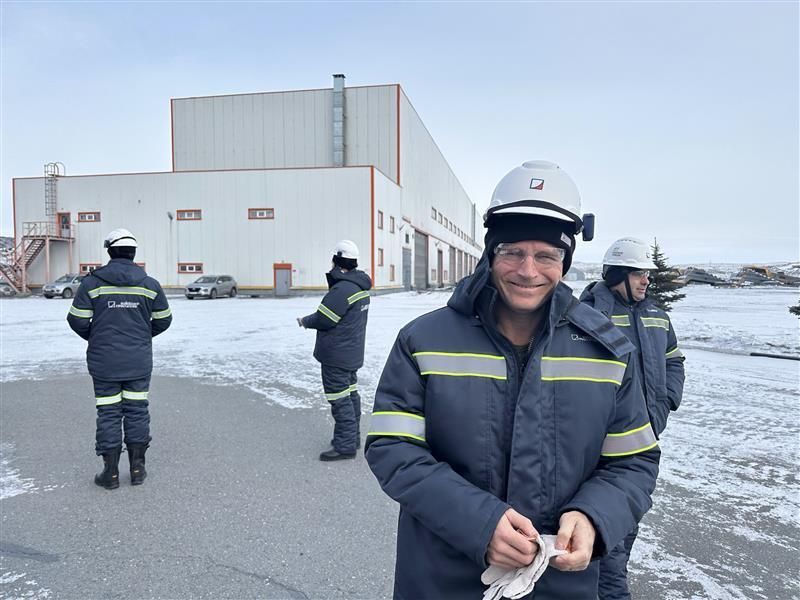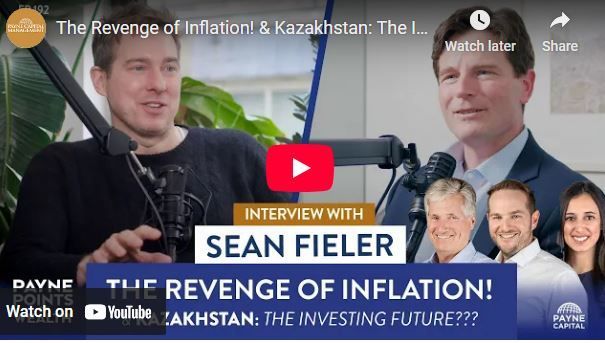Kuroto Fund, L.P. - Q2 2020 Letter
Dear Partners and Friends,
PERFORMANCE & PORTFOLIO
Kuroto Fund gained +15.0% in the second quarter of 2020. The EM index rose +18.1% over the same period. For the year to date through August 26th, the fund is down -12.4%
[1].
Our portfolio of 14 companies trades at 6x our estimate of 2021 earnings. In 2021, we expect more than 30% year over year earnings growth, an unadjusted 17% ROE, and close to a 6% dividend yield. Fundamentally, the portfolio is incredibly cheap.
Quantatative easing Comes to emerging markets
Until this year, quantitative easing was the privilege of a handful of developed world central banks. This spring, to our surprise, more than a dozen emerging market countries adopted some form of QE.[2] While several of these EM countries already have a proven track record of irresponsible fiscal and monetary policy, the currency market’s reaction to the spread of QE in EM has been muted. We believe a more negative reaction is in the offing if QE in EM is not clearly limited in size and duration.
The appeal of QE requires no explanation. It’s not exactly free money, but it’s pretty close. EM central banks nevertheless felt the need to justify their adoption of QE. Most portray QE as a purely technical matter instead of a means to finance increased government spending. The South African Reserve Bank struck a particularly disingenuous tone when it presented its short-term repo and QE operations as a technical measure to ensure adequate liquidity for South African sovereign bonds and money markets[3] instead of a way to finance part of the country’s 15% fiscal deficit.[4] Indonesia’s central bank, by contrast, gets credit for being blunt about its merging of fiscal and monetary policy. The Bank of Indonesia’s governor, Perry Warjiyo, made clear that government bond purchases are aimed “to ease the government’s burden” in combating the virus’s economic fallout.[5]
While Warjiyo’s honesty is laudable, the real test will come when he, along with other EM central bankers, attempt to end their QE programs. For obvious reasons, QE is much easier to start than it is to stop. While several countries have managed to pause QE, no country that has opened the Pandora’s Box of quantitative easing has managed to permanently reverse the balance sheet expansion that it produces. The Fed in the first year of Jerome Powell’s chairmanship made a concerted effort to normalize monetary policy. With Powell at the helm, the FOMC raised rates 75bps and shrunk the Fed’s balance sheet from a 2017 peak of $4.7 trillion to a 2018 nadir of $3.9 trillion. However, this effort at normalization failed well before the onset of Covid-19. The Fed’s balance sheet now stands $7 trillion.
Thus far, no EM central bank except Ghana has terminated its bond buying program despite the undeniable improvement in liquidity and economic conditions since March. It is never a convenient time to reduce government spending and to increase government borrowing costs. Despite this obvious risk, some EM central banks haven’t even bothered with the standard developed world prohibition of buying bonds in the primary market. The central banks of India, Ghana, Malaysia, Philippines, and Indonesia elected to buy their sovereigns’ debt directly from the primary market, a Rubicon that even the Fed has not yet dared cross. The annual transfer of central bank profits aside, the Fed, BOE, and BOJ have all avoided moving money directly from the central bank to the treasury. This restriction on direct purchases lets central banks preserve the fiction that QE is not outright monetarization. While not much of a fig leaf, it does prevent the government from directly drawing on a limitless bank account at the central bank.
Despite the lack of historical precedent suggesting that QE can be reversed, EM central banks have embraced the policy with surprisingly short-lived market pushback. The Indonesian rupiah, which sold off 18% against the U.S. dollar in the height of the March liquidity crisis, is now down 5.5%—a figure not much higher than its average 5% annual depreciation over the last decade. The Brazilian real, South African rand, and Mexican peso have fared worse than the rupiah this year but have each appreciated rather than declined against the dollar since the announcement of their respective asset purchase programs.
The relatively strong performance of EM currencies experimenting with QE is not so much a sign of emerging market strength as it is a result of U.S. dollar weakness. America is running a 17% fiscal deficit going into an election that will likely generate even more demands for spending. The Fed is not just buying Treasuries but is also buying Illinois general obligation bonds and the debt of recently bankrupt Hertz.[6] Needless to say, these purchases are not supportive of a strong dollar.
With such adventurous monetary policy becoming the norm in the developed world, developed market central bankers have lost the ability to admonish EM central bankers against the dangers of QE. If ever-rising debt levels and money printing are the solutions for our ills, why shouldn’t emerging markets avail themselves of the same remedy? In short, there is no one left with the authority to talk the emerging world out of copying our ill-advised policies.
While we are concerned about the spread of QE to some of the countries in which we are invested, the initial indications are that EM QE will remain small by developed market standards. One obvious safeguard is that, unlike the developed world, most emerging markets have significant borrowings in currencies other than their own. While many economists point to this as a disadvantage, it also provides a certain discipline. You can inflate away debt in your own currency, but you cannot do that to debt in a currency you can’t print. In fact, inflation just makes your foreign currency leverage ratio worse. So, while EM central bankers are missing an opportunity to clearly disentangle themselves from the developed world’s monetary dysfunction, they have at least one important guardrail.
Over time, EM QE will prove to be a long-term negative in our view. We already factor in currency depreciation when calculating our expected return on all of our investments, and we will certainly account for the long-term effects of QE on our investments. At present, one-third of our portfolio is invested in countries that have experimented with some form of QE. The specific countries are: Turkey, Ghana, South Africa, Brazil, and India. So far, the extent of QE in these countries remains contained. The balance sheet expansion in Turkey is 5% of GDP, Ghana is 3%, South Africa 0.5%, India 0.2%, and in Brazil it is currently 0% of GDP. For comparison, the balance sheet of the Fed is projected to expand by 15% of GDP this year.
More broadly, while the macroeconomic backdrop for our companies remains challenging and EM QE is not a positive development, our portfolio is trading at historically attractive multiples. On a look-through basis, our portfolio is valued at 8x this year’s earnings and just 6x next. We believe these valuations give us a margin of safety for the risks we will face should QE become even more prevalent in emerging markets.
Sincerely,
Sean Fieler
END NOTES
[1] Performance stated for Kuroto Fund, L.P. Class A on a net basis. An investor’s performance may differ based on timing of contributions, withdrawals, share class, and participation in new issues. Unless otherwise noted, all company-specific data is derived from internal analysis, company presentations, or Bloomberg. Company valuations and exposures are as of 7.31.20.
[2] QE in developing countries is as follows: Central and Eastern Europe; BIS report; Ghana; Croatia Costa Rica; Brazil
[3] Investec, QE comes to SA, June 24, 2020
[4] Bloomberg, South Africa Sees 2020-21 Budget Deficit at 15.7% of GDP, June 24, 2020
[5] Reuters, Indonesia central bank ready to finance fiscal deficit, June 27, 2020
[6] Reuters, In rescue effort, Fed has broad stake in corporate America’s fortunes, May 29, 2020
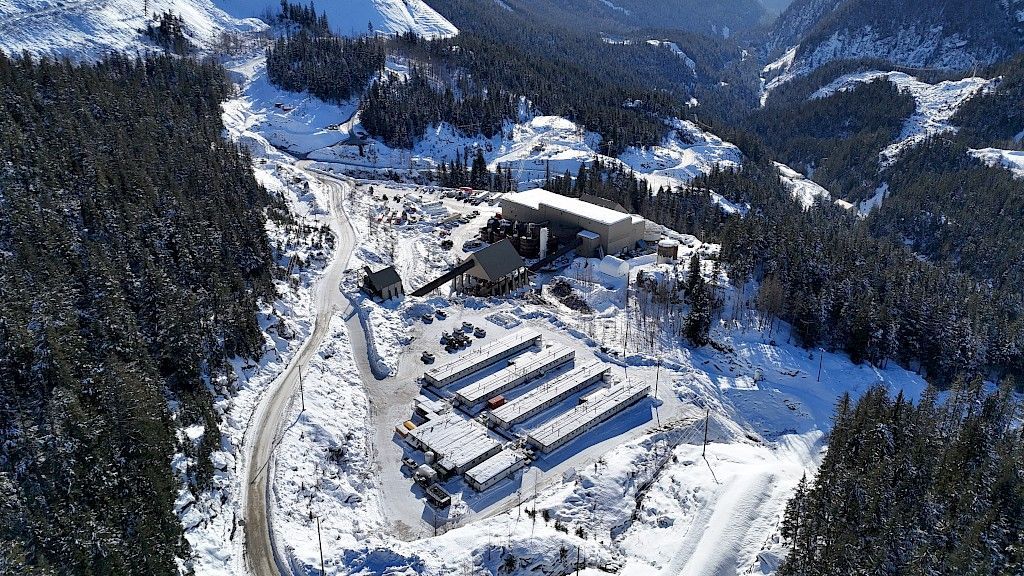
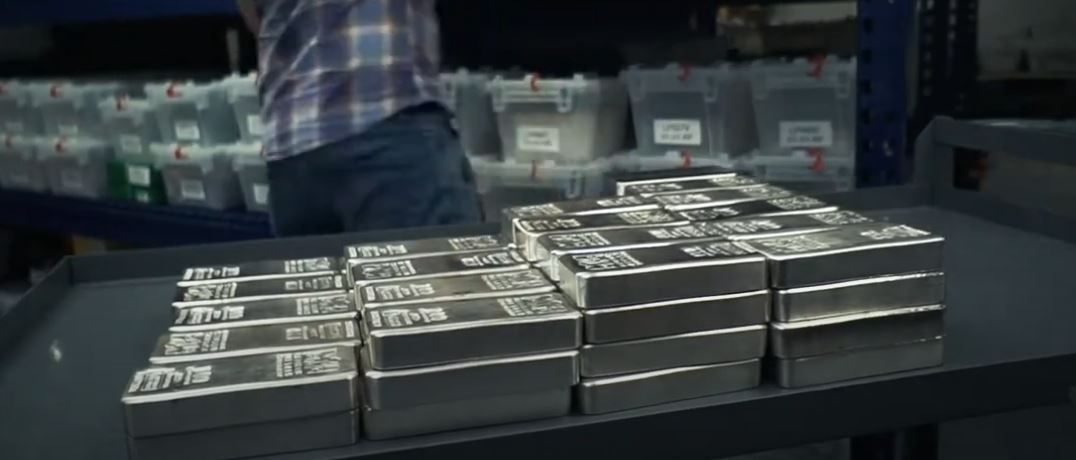
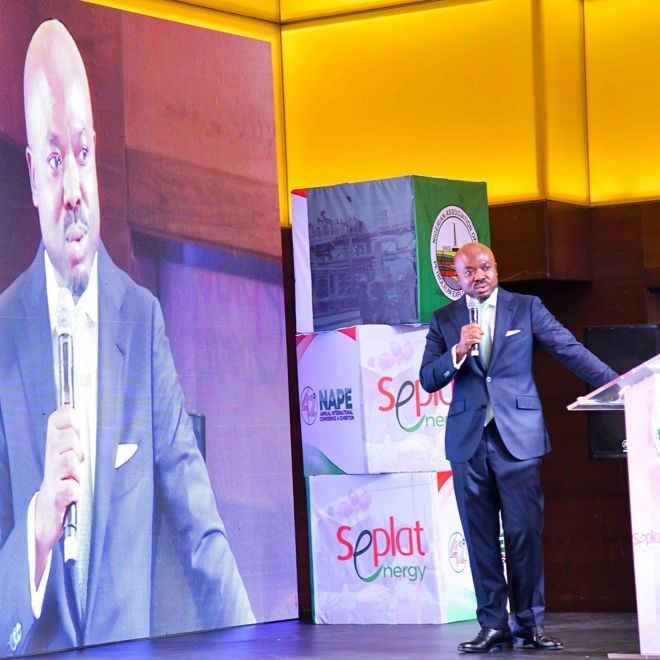
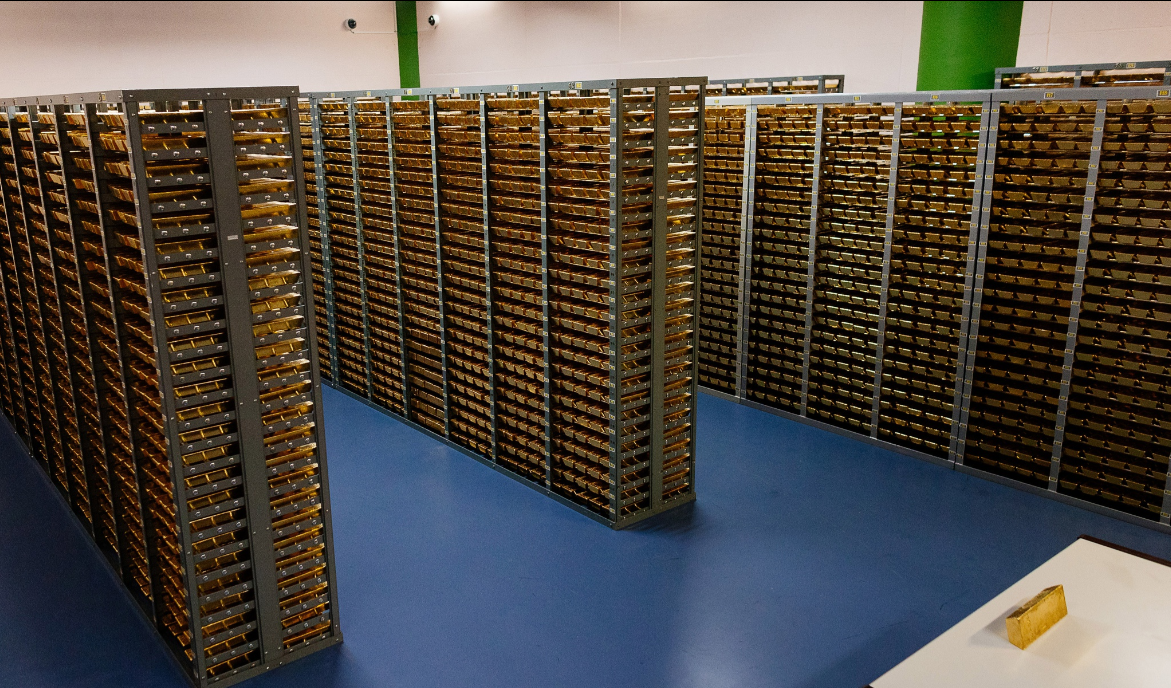
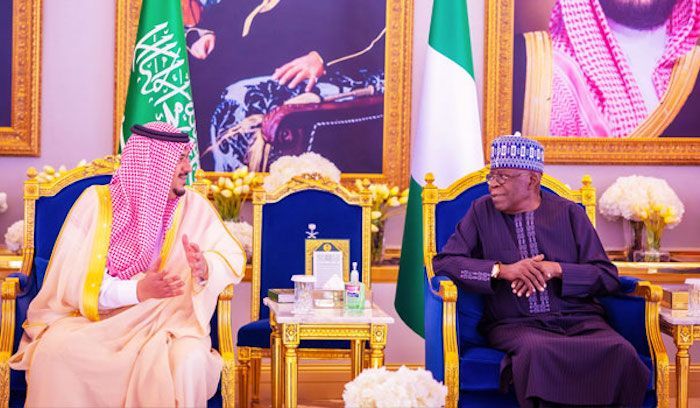

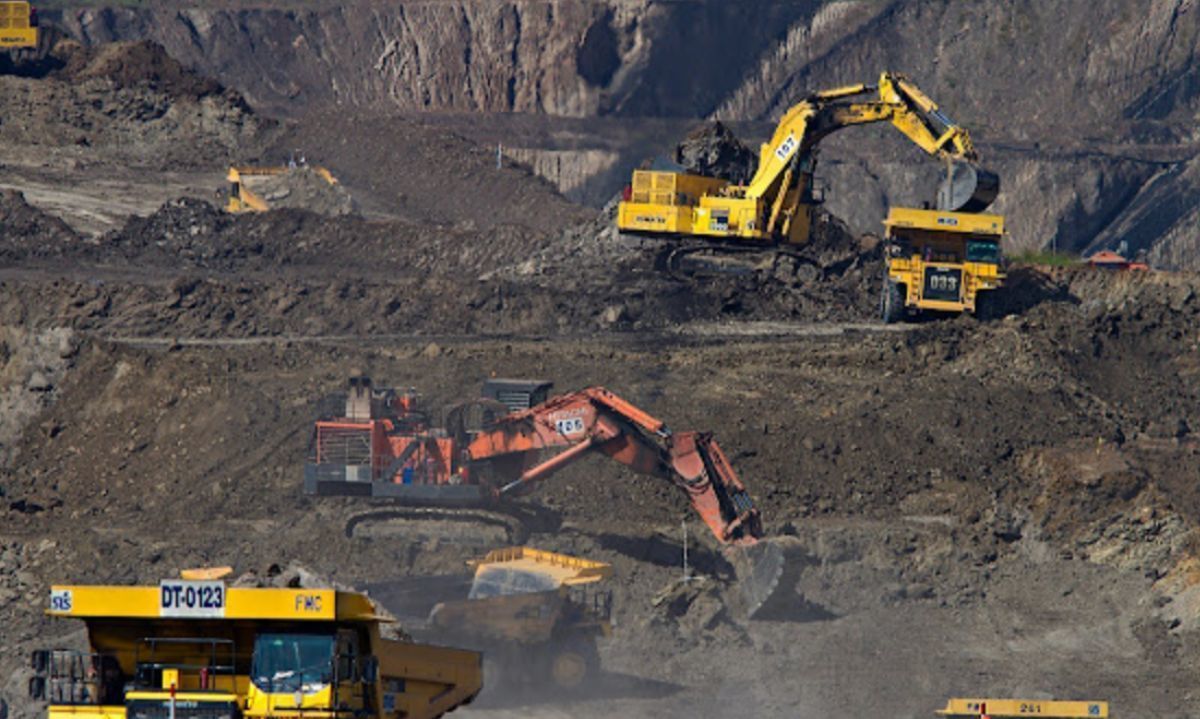
Equinox Partners Investment Management, LLC | Information as of 12.31.24 unless noted | *SEC registration does not imply a certain level of skill or training
Equinox Partners Investment Management, LLC | Site by Fix8

